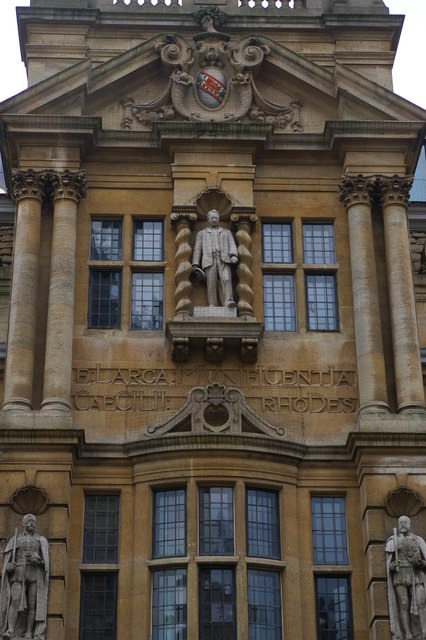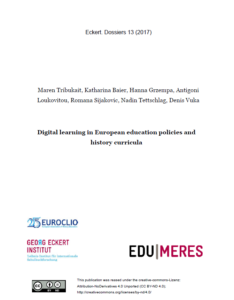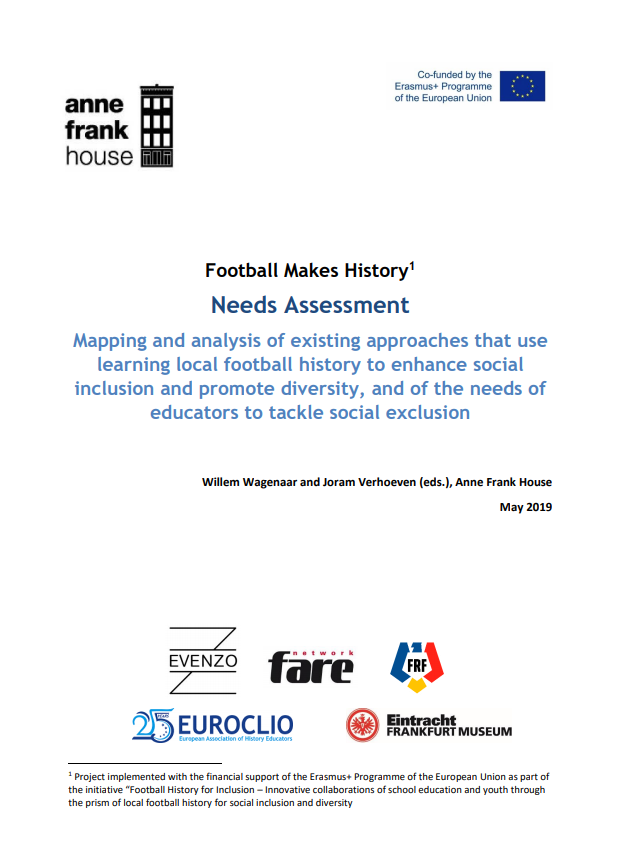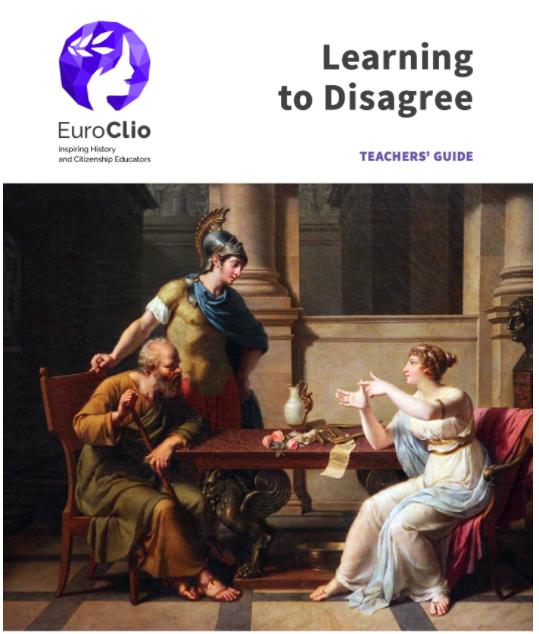Sometimes, students are inclined to learn by heart dates and events, without inserting them in the wider historical picture and, thus, failing to understand the interrelations between past events. In order to support pupils’ orientation with time and to increase their awareness of the relations between present, past, and future, Patrizia Seidl promotes, in her classroom, the use of an interactive timeline, result of students’ researches and filled with visual category-based support that they can refer to throughout the school year.
The Practice
The practice can be implemented with pupils aged 11-19, increasing the level of detail of the visual research carried out by students according to the school year. It combines the idea of using a “classical timeline”, which is often used in History lessons and textbooks, with (a) students’ own historical knowledge and questions, and (b) the provision of visual category-based support throughout the school year.
It can be easily implemented in few steps.
Before the beginning of the lesson, the teacher should provide a double arrow for class display, on which the different historical epochs are marked with different colour.
Such epochs should be the ones provided in the textbook and, in the case of Patrizia’s classroom, were Pre- and Early History, Antiquity, the Middle Ages, the Modern Era/History, and Contemporary History.
Finally, on the right-hand side of the arrow, the teacher should write the current year and attach a class picture, making sure that some centimetres of space are left, representing “the future”.
This will help students in their orientation in time, in that they can literally see where and when they are, and that there has been a time “before” and there will be a time “after” that moment.
In addition to this preparation, the teacher should also select some categories to be use for the provision of visual support, such as clothing of the time, typical buildings, famous people, household items, etc.
In the classroom, the timeline should be put on display in a reachable position, and, at the very beginning of its usage, it should appear empty, featuring only the classroom picture and the beginning and end dates of each epoch.
In the classroom, students are presented with the timeline. They are asked to write down, on flashcards or on post its, any historical event they already know (and its date(s), if they know). Each student has to write at least one, but the number of cards for each student can vary according to the dimension of the class and to the teacher’s needs.
In a plenary session, each student presents one event, and all together the classroom discusses where it could be put onto the timeline. After an agreement has been reached, the flashcard/post it is fixed on the timeline.
Then, students are divided in small groups (2-3 students per group) and are asked to pick out an event and to try and find out all they can about one of the categories the teacher has selected. For example, a group might research on typical clothing at the time of the French revolution.
During the following lesson, each team presents their findings and fixes their visuals, together with a short description, on the timeline.
Obstacles and lessons learned
An obstacle that the teacher might encounter in the implementation of this practice is the selection of the categories for research. First of all, the teacher should be careful not to identify too many categories for the category-based visual research. This is particularly important, because a too-broad choice would ‘paralize’ the teams at the selection moment. At the same time, proposing only one category would force the students into the selection, sometimes also preventing students from researching in something that interests them. It is, therefore, advised to identify 3 or 4 categories, and to maintain them constant throughout the school year (in case the teacher decides to implement the practice in more sessions, more information on how to do so are available in the section “additional information”).
In addition, as mentioned above, the practice is suitable for students aged 11 to 19. This means that, when it is the moment to carry out visual-based research, younger students might need some guidelines and assistance in the sketching out of the research.
The effect of the practice
The timeline makes the abstract concepts of time and change visible and, therefore, more comprehensible for students. As a result of the implementation of the practice, and of the presence of the timeline in the classroom throughout the school year, students: are made more aware of the interrelations between past, present, and future; are supported within their own orientation within time; are helped in understanding the difference between visual sources; and improve their research and presentation skills.
About the interviewee
Patrizia Seidl works for an inclusive school in Germany which has many students from a various different migration backgrounds, as well as students with special needs in learning and behavioural problems.
Within the project Strategies for Inclusion, she has been a Special Interest Group Member for the group “Motivation and Learner Variability”.
Background to the project
Along with Hamburg University and the Council for Teacher Training in Hamburg, Patrizia wanted to broaden the horizon for inclusive education. They found that there is a lack of good practices which discuss most recent historical events.
Patrizia developed this approach in the context of wider research being conducted by Hamburg University on the development of Complex Learning Tasks and Scaffolding in order to professionalise teachers for working inclusively. The use of interactive timelines is just one of many scaffolding techniques that Patrizia uses with her pupils, together with, for example, the use of cards or of HistVlogs, both presented in this collection of practices.
Additional Information
The timeline can be used a single time, as in the practice presented above, or over a whole school year. To do so, the teacher should ask pupils to add now category-based items to the timeline for each topic/time period/event. A suggestion, in this case, is to change weekly or monthly the team responsible for this task.
In addition, it can be also used to integration worksheets distributed to the classroom, or even tests. In this case, it would be enough to take pictures of the visuals and copy them as small symbols into one corner of the worksheet or of the test.
Written by Alice Modena (EuroClio) on the basis of input provided by Patrizia Seidl in the framework of the project Strategies for Inclusion on 27 July 2018.





